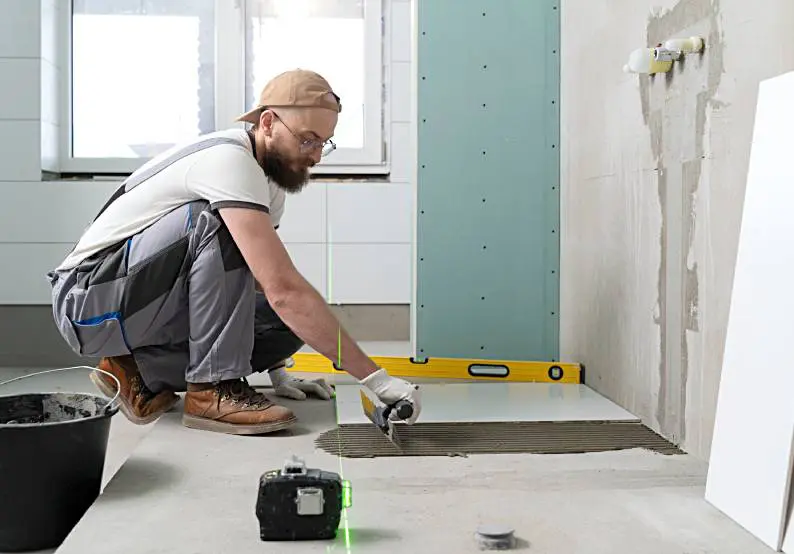words Al Woods
Pigeons are one of the most common birds in North America, and they’re also one of the peskiest. If you’ve got pigeons roosting on your roof, chances are you want them gone—and fast.
But getting rid of pigeons is no easy task. These crafty birds are experts at evading traps and repellents and can cause serious damage to your home if they’re not removed.
In this blog post, we’ll give you tips on getting rid of pigeons on your roof for good. With a little patience and perseverance, you’ll be pigeon-free in no time!

8 Tips on How to Get Rid of Pigeons on Your Roof
Use Deterrents
One popular method is to use a visual deterrent like a bird scarecrow or balloon. These devices will startle the pigeons when they land on your roof, and after a few times, they’ll learn to associate your roof with the unpleasant experience of being scared away.
You can also use sonic bird deterrents like speakers that play sounds that pigeons find unsettling, like the sound of a hawk screeching or a dog barking. These devices can be effective, but they need to be used consistently for the pigeons to get the message that your roof is off-limits.
Spray a Pigeon Repellent Solution on the Roof
Another tip for how to get rid of pigeons on the roof is spraying a pigeon-repellent solution. This won’t kill the pigeons, but it will make their lives so miserable that they’ll hopefully decide to find a new place to roost.
The most effective pigeon repellents contain methyl anthranilate, which is a synthetic grape flavor that irritates birds’ sense of smell and taste. You can either buy a commercial pigeon repellent or make your own.
Spray this solution on areas of your roof where pigeons like to congregate, including ledges, vents, chimneys, and gutters. Reapply the solution every few weeks or after it rains.
If you have pigeons nesting on your roof, you’ll need to remove the nest before repelling. Otherwise, the pigeons will just keep coming back.
Bird Netting
If you’re looking for a more permanent solution, you can try using bird netting. Bird netting is a physical barrier that prevents pigeons from landing on your roof or entering through open vents or other openings. It’s an effective way to keep pigeons away, but it can be costly and time-consuming to install.
Trapping
Another option is to trap the pigeons and release them elsewhere. This method requires setting up live traps baited with food to lure the birds inside.
Once the pigeon is trapped, you can then transport it far away from your home and release it into an area where it won’t be able to bother you anymore. Trapping can be an effective way to remove pigeons from your property, but it does require regular maintenance to make sure that the traps are working properly and that no other animals are inadvertently being caught in them.
You might also need to confirm the legality of this method with your local authorities, as there may be restrictions on trapping and relocating wildlife in your area. Another potential downside of this method is that it will only work if there are just a few pigeons bothering you. If you have a larger infestation, trapping and releasing them may not be enough to make a dent.
Replace Broken Tiles or Shingles
Pigeons love to nest in nooks and crannies, so if you have any broken tiles or shingles on your roof, they’re likely to take advantage of it. Repairing these damaged areas will help discourage pigeons from roosting on your roof.
Install a Pigeon Guard or Spikes
If you have a ledge or other area on your roof that pigeons like to perch on, you can install a pigeon guard or spikes to deter them.
Set Up a Decoy
Like most animals, pigeons are fearful of predators. So, setting up a decoy like an owl, hawk, or even a scarecrow can help scare them away. The idea is to make them feel threatened. Just be sure to move it around occasionally, so the pigeons don’t get wise to it.
Cover Any Potential Hiding Spots
Pigeons like to roost in sheltered areas, so if you have any potential hiding spots on your property, such as an open shed or porch, be sure to cover them up. This will make your property less attractive to pigeons and other birds.
If you have trees on your property, prune any low enough branches for pigeons to roost on. And if you have ledges or overhangs that pigeons can perch on, try putting spikes or netting along them. Just be sure not to put anything sharp near your windows, as this could injure birds or people.




